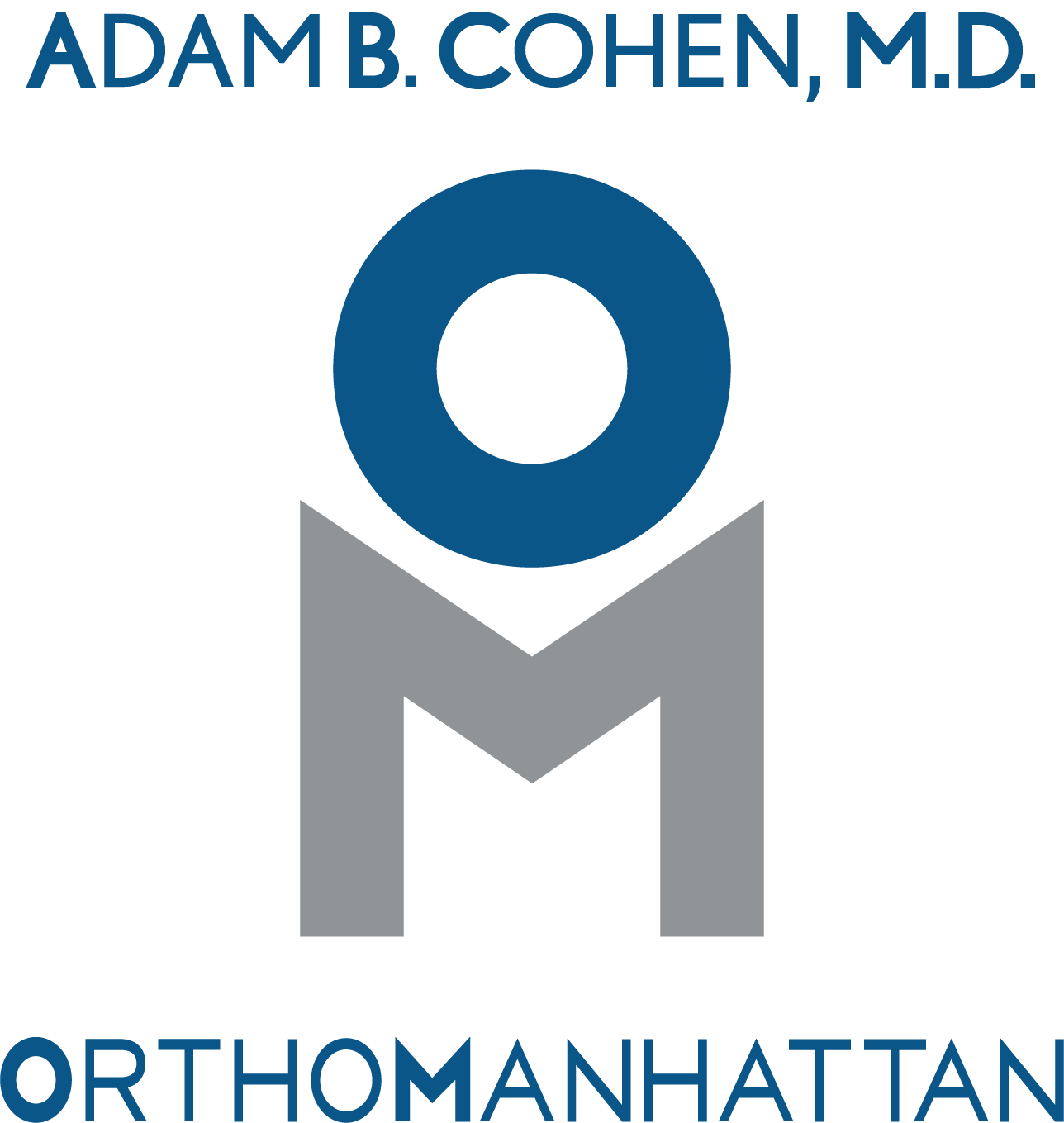Overview
There are an estimated 200,000 first time ACL surgeries performed every year. Unfortunately, ACL reconstructions can fail for a number of reasons which we will discuss below.
It can be an incredibly difficult and frustrating situation to have a repeat ACL injury. For those who have symptoms or would like to continue participation in certain sports, revision ACL reconstruction is an option. This requires removing the re-injured ligament and replacing it with a new graft.
The success rates of a second (or third) reconstruction are not as high as with the first reconstruction and there are many issues that need to be considered.
Surgical Planning for Revision ACL Reconstruction
Identify Cause of Failure
It is important for your orthopedist to search for all the reasons why an ACL failed in the first place. This is necessary to avoid multiple reconstruction failures. There are many reasons why a ACL ligament may re-tear. Below are the some of the most common:
Re-injury during sports
Premature return to sports
Improper placement of the graft
Failure of graft to heal or mature (allograft has higher rate of re-rupture)
Unrecognized injury to other ligaments around the knee
Deficient meniscus which acts to assist is knee stabilization.
A careful history will be taken by your orthopedist. He or she will try to determine how the knee was injured in the first place, how the recovery was after the first surgery and how it was re-injured. This along with a thorough examination, routine radiographs, alignment radiographs, MRI and occasionally a CT scan will provide a road map for how to proceed with revision surgery if desired.
Non-operative treatment of a re-tear with rehabilitation and activity modification is also always an option.
Staged Reconstruction
CT scan shows a large tunnel in the tibia following a failed ACL reconstruction. This required a two stage procedure. The first stage to fill the tunnel with new bone and a second procedure to place a new graft
What is a staged reconstruction? During the first ACL surgery tunnels were drilled in both the femur (thigh bone) and tibia (shin bone). Sometimes these tunnels become larger, which makes it difficult to fix the new ACL graft into proper position. In these cases sometimes a staged reconstruction is recommended.
A staged reconstruction is two procedures. The first procedure is to fill the tunnels with bone. A second procedure takes place after the filled tunnels have fully healed. At this second procedure new tunnels are drilled and a new ACL graft is inserted.
When there is no evidence of tunnel widening, the reconstruction can be performed in one setting.
Graft Choice
Graft selection for a revision ACL reconstruction will depend on the original graft choice. If allograft was used for the first surgery, then using autograft will probably be recommended in young athletes. If autograft was used for the first surgery taking autograft tendon from a different location is possible however some situations may require allograft tendon because it allows for more flexibility in performing the surgery.
Surgery
The goals of revision ACL reconstruction are the same as the first - - to provide a stable knee. It is imperative that all associated injuries be treated appropriately to limit the risk of repeated failures. It is not uncommon to need to address other abnormalities at the time of surgery - this may include meniscal repair, meniscal transplant, osteotomies, and possible reconstruction of other ligaments.
Rehabilitation
Rehabilitation following revision surgery may be more conservative. Many times success rates of the revision surgery are dependent on delaying full return to sports to allow for the ligament to fully heal. Return to full activity will be based on many variables but in most cases waiting at least a full year is recommended.
Frequently Asked Questions About Revision ACL Surgery
How many times can an ACL be repaired?
There is no real limit to the amount of times the ACL can be reconstructed. However, each successive surgery may become technically challenging due to bone loss. This requires that your surgeon have expertise in complex revision ACL surgery.
How can you tell if you torn your ACL again?
Symptoms may be similar to the first time you tore your ACL with acute onset of swelling and pain following an injury. However, some failures occur without an identifiable event or traumatic episode.
What is the failure rate for revision ACL surgery?
The failure rate is about 14%. That is about 3 to 4 times higher failure rate in revision ACL reconstructions compared with primary ACL reconstructions.

Focus: ACL Research
High Risk of New Knee Injuries in Female Soccer Players After Primary Anterior Cruciate Ligament Reconstruction at 5 to 10-Year Follow-up.
Falstrom et al. The American Journal of Sports Medicine, November 2021
Investigators from Sweden recently published interesting findings in the 2021 November issue of the American Journal of Sports Medicine. They followed 222 female soccer players following ACL reconstruction 5-10 years after their procedure. They found that 42% of those who returned to playing soccer had a new ACL injury during this follow-up period.




